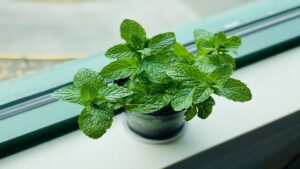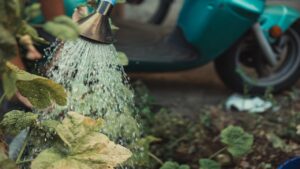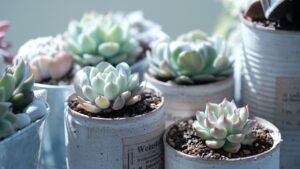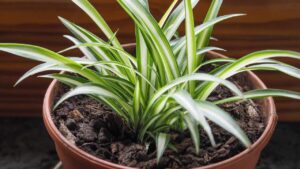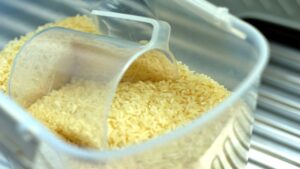The Unexpected Potato Trick to Make Your Orchids Bloom
Indeed, when you think about how to use potatoes, the first mental image is culinary; however, they can also prove helpful in other areas, such as fertilizing orchids. Although it is a rather bizarre and surprising combination, potatoes can provide a boost of valuable nutrients to enhance the growth of these plants.
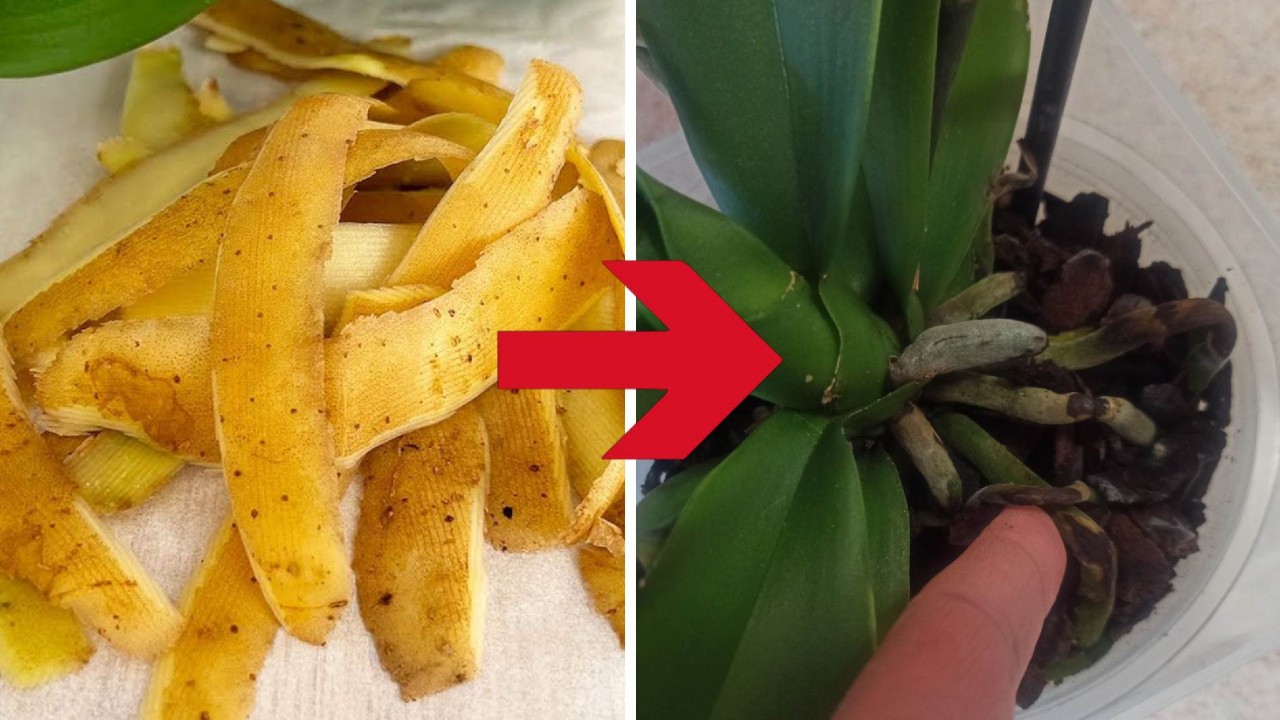
In fact, despite their widespread availability in stores, orchids are some of the most demanding and complex plants to care for. They require regular fertilization to bloom properly. As an alternative to buying products from the nursery, you can recycle kitchen waste to promote both plant health and the reuse of valuable resources.
How to make fertilizer from potatoes
Throwing away potato peels could be a missed opportunity, especially if you have orchids, as they can be utilized to create a fantastic homemade fertilizer.
For the complete formula, you will need:
- Hydrogen peroxide
- Potato peel
- Ground cinnamon
- Water

In short, nothing that can’t easily be recovered at home! Furthermore, these are natural substances, offering benefits not just for your budget but also for the environment.
The first step is to mix a capful of hydrogen peroxide with a liter of natural water. Immerse the orchid roots in this solution for about an hour. This method is indicated when the orchid roots are at risk of degeneration or have already started to deteriorate. It helps prevent the plant from experiencing oxygen deficiency (anoxia).
After obtaining the potato peels, they must also be submerged in a liter of natural water to release the starch. Let them soak for approximately half an hour, then blend and filter the mixture to extract a liquid consisting of water and potato content only.
Once the orchids have been repositioned, whether they are terrestrial or epiphytic, sprinkle cinnamon powder on the surface of the container or pot. Cinnamon is a repellent against insects and parasites and helps prevent mold formation. Finally, you can spray the soil or orchid roots using a spray bottle filled with water and potato solution, providing complete and cost-effective fertilization.
